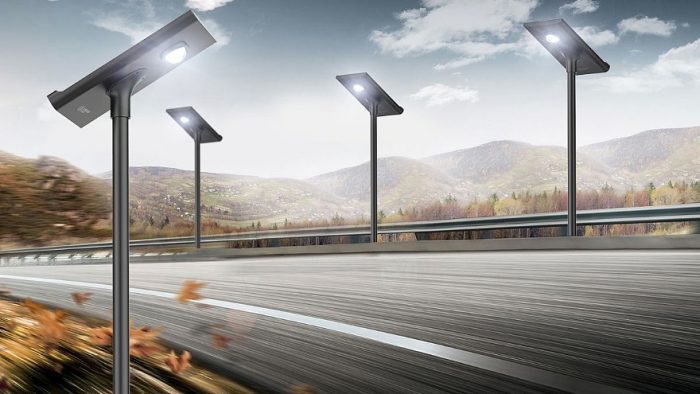
With the increasing global demand for renewable energy, solar photovoltaic power generation systems have gradually become mainstream as a clean and renewable energy solution. The efficient conversion of solar photovoltaic power generation systems is inseparable from the connector, a key component that not only ensures the electrical connection between photovoltaic modules is stable and reliable, but also ADAPTS to complex outdoor environments. This article will focus on the application of solar photovoltaic connectors and their impact on innovation in the industry.
Before 1996, there was no special photovoltaic connector, photovoltaic cables were connected with universal screw terminals or splice connection, and the outside was connected with insulating tape, this method was time-consuming and laborious, and unreliable, with the increase in the installation of photovoltaic systems, we hope to have a fast, safe and easy to operate connection scheme.
In 2002, the birth of MC4 again redefined the photovoltaic connector, which truly realized plug and play. The insulation is made of rigid plastic (PC/PA) and is designed to be easier to assemble and install on site.
Photovoltaic systems are exposed to wind and rain, scorching sun and extreme temperature changes for a long time, and connectors must be able to adapt to these harsh environments. They must not only be water resistant, heat resistant and UV resistant, but also touch protection, high current carrying capacity and high efficiency. At the same time, low contact resistance is also an important consideration. All of this must also run through the entire photovoltaic system life cycle, at least 25 years.
- The basic principle of solar photovoltaic connectors

The basic principle of the solar photovoltaic connector is to connect the solar photovoltaic module with the circuit of the entire system through the conductor inside the connector. Connectors are designed with current and voltage requirements in mind to ensure low-loss, high-efficiency power transmission. At the same time, the connector must also have high temperature resistance, water resistance, corrosion resistance and other characteristics to adapt to different environmental conditions.
- Application fields of solar photovoltaic connectors
Solar photovoltaic connectors are widely used in the following fields:
Solar photovoltaic power stations: Large solar power stations usually consist of hundreds or even thousands of photovoltaic modules, and connectors are essential for the stability of power transmission and system efficiency.
Distributed photovoltaic power generation systems: Distributed photovoltaic systems are often installed on residential roofs or commercial buildings, and the convenience and reliability of connectors are critical to the operation of the system.
Charging pile and photovoltaic shed: The connectors of solar charging pile and photovoltaic shed are not only used for connecting to the grid, but also for connecting photovoltaic modules and charging equipment.
- Innovative development of solar photovoltaic connectors
With the progress of solar photovoltaic technology and the continuous evolution of market demand, solar photovoltaic connectors are also continuing to innovate and develop. Here are some of the innovative directions:
Efficient conversion: Low impedance conductors and special materials are used in the connector design to achieve the highest efficiency of electrical energy conversion. At the same time, reducing contact resistance and energy loss are also key innovation objectives.
Smart monitoring: Smart chips and sensors are integrated into the connector for real-time data monitoring and analysis. Through smart connectors, key parameters such as component temperature, battery status, current and voltage can be monitored to improve system efficiency and safety.
Sustainable materials: Explore the use of renewable and recyclable materials to reduce the negative impact on the environment and achieve sustainability of connectors.










